Advertisement
8 Speakers That Will Convince You To Give Bluetooth A Try
Some say we’ve already hit peak TV; we might also approach peak Bluetooth.
The last few months have exploded with new portable devices that double as home units, small enough to carry, powerful enough to replace your home receiver. True: The smaller they come, the more heft they sacrifice, especially in bass response. But I've turned off my receiver and KLH bookshelf speakers for months to acclimate myself to these unprepossessing compacts, and I'm happy to report that more keep landing.
With your mobile phone now just an infinite jukebox channeling the cloud, you can either chain multiple speakers together or shift from room to room as you go about your day.
Here's a breakdown of some of the best Bluetooth speakers on the market:
Top picks: Harman Kardon’s Onyx mini, Audioengine, Archeer
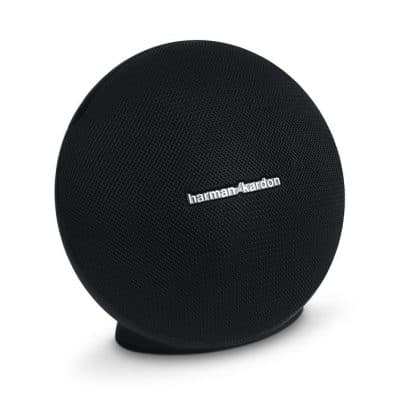
Harman Kardon’s Onyx mini ($139) has a quiet warmth that grows on you, channeling plenty of torque through a conservative design. We plugged it into our Apple TV for rich, detailed audio that reconnects whenever we boot up (and turns off automatically). Obviously, match the unit to your space, but this handsome oval fills up our space with plenty of rich sound that easily trumps the screen's tinny speakers.
If you're hooked on stereo, try Audioengine's HD3 desktop units ($399), which require a power source but trigger effortless bluetooth connections.
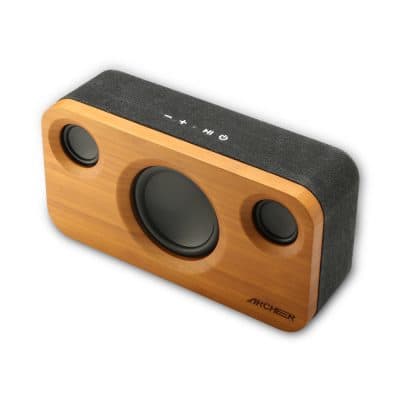
If you like an antique mode, Archeer's 25w bamboo speaker ($69) enhances your bookcase and delivers surprisingly full-bodied sound. Two tweeters nestle beside a medium-size woofer for respectable tone. This handsome Archeer unit reminds me of the old KLH wooden bookshelf radios, or the precious Tivolis. Again, the old saw holds true: Measure the speaker accuracy at lower volumes to see how much details gets projected in quietude. We live in glorious times if you avoid the news. For mobility, the economical Archeer A106 ($24) has a microphone for taking on the calls while you submerge in tunes, and dangles from your bike handles better than the others.
Ultimate Ears: Wonderbooms
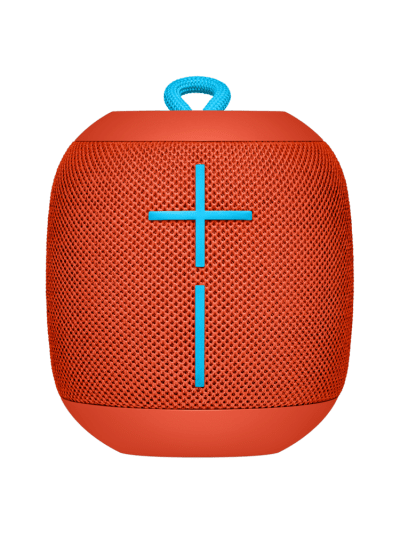
For outdoors, and pool parties where water can harsh your mellow, you want something from Ultimate Ears. This brand dominates this space for now, and with respect: The trippy portable UE Roll 2 Volcano ($99) straps to your belt while doing house chores like nobody’s business, and the new medium-sized Wonderboom ($99) does the same with more boom and fervor. Mono fans rejoice at single source; stereo fans gape at how "360 sound" resembles stereo separation. If you had to choose one crossover unit for all-purpose reliability, this tiny unit looks like a nerf ball and dominates the room when necessary. The Boom 2 ($199) has enough ballast to keep a patio party hopping, and what it lacks in definition it atones for with rich, echoing presence. Musicians and engineers note a big difference between detailed headphone listening and wide-embrace outdoor boom. So make the trade-off with elan. The Wonderboom emerges as a tidy crossover solution: big enough for outdoors, tidy enough for TV streaming. Ideal balance between thrust and precision.
Libratone’s ZIPP
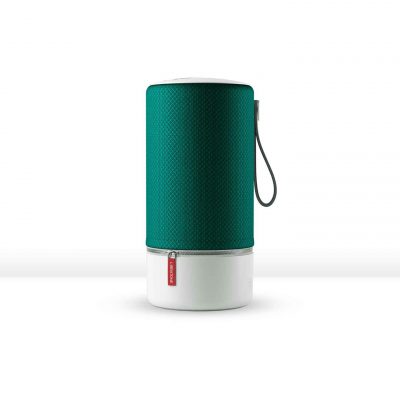
A newer entry, Libratone’s ZIPP ($269), almost a third again as hefty as the Ultrabooms, delivers a whopping undercurrent as well as snazzy app controls: netradio, and a spunky Spotify plug-in that allows you to link up whatever playlist you like to a favorite bar and turn off your phone to save battery. Operates on both Wi-Fi and Bluetooth, and while the UI has some tricky maneuvers, you can almost pull the setup off without a manual. Now the fun comes from placement: Our kitchen floor delivers substantial bass. The zip itself amounts to a needless bell: You can unzip the cover, pull it off and add a new color. Kids these days. But other perks bubble over: Stream whatever you like through it with any device if you’ve got it linked to your home Wi-Fi signal; it even tells you when the signal weakens for better placement. I didn’t think I’d get caught up in the wireless speaker game, but yeesh we got options.
The more I use Libratone’s ZIPP, the more I admire its overall design, ease of use and quick-play iOS app. Like the Spotify Connect service on the popular streaming app, ZIPP allows you to start playing your playlist of choice, then quit the app and do whatever while you keep listening. I got so enamored of its favorites feature I started compiling box sets, both commercial and homemade, onto my playlists and hitting random. You can also string several ZIPPs together in a “zone” for a household full of continuous noise to give your teenagers fits. This works great when you have a long stretch of emailing or porch reading to plow through. Like most of the other units here, just hit pause on your phone or pull out of the driveway and the speaker automatically shuts off within 15 minutes. ZIPP's Internet Radio option might fetch more appeal if it weren’t for those annoying ads, but it makes for great accidental rapture through flipping around.
JBL Pulse 3
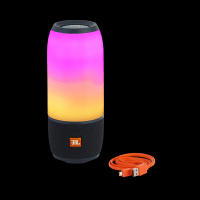
The holidays call for celebration, and what makes a better toast than the return of the lava lamp in digital form.
The JBL Pulse 3 portable Bluetooth ($199) combines snappy sound with psychedelic colors for a ludicrously hip centerpiece. Bell-bottoms for your Motown.
Riva Arena and Festival speakers
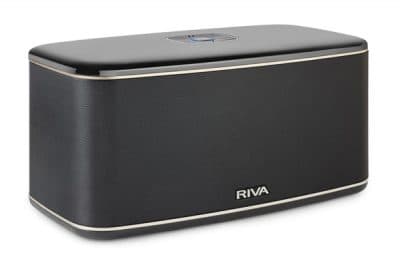
Finally, if you care to hoist everything up a few notches, you can't find much better "natural" sound than Riva's Arena (portable, with battery, $199) or Festival units ($399), which sound much bigger than their size and can fool you with their patented Trillium sound. This approach bypasses compression for a more "natural" effect, even as it enlarges the audio image. Acoustic instruments, for example, have a preternatural feel on Rivas. Founded by Rikki Farr, who developed sound systems for arena rock acts in the 1970s and 1980s, these speakers go one better than the ZIPPs for ingenious Wi-Fi connection through the Google Home app, as well as a optional Wi-Fi hookup in remote mode (outside your home Wi-Fi signal), Bluetooth and wired mini-plug options for any imaginable setup. From the quietest acoustic piano sounds to largest orchestral swells, these Riva units make competing digital 5.1 separation effects seem artificial, and intimacy more genuine.
Testing The Waters: Audioengine Bluetooth B1 Receiver
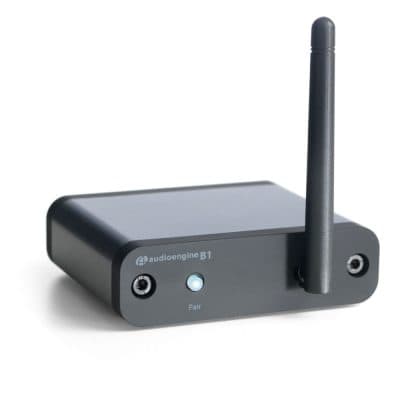
If you blanch at the bright colors and simply prefer your trusty setup, get yourself the Audioengine Bluetooth B1 Receiver ($189), that takes your phone or laptop signal and patches it straight into your home stereo using conventional RCA jacks. That gives you mobility inside the home using your existing setup without fussing over anything else. And the quality can shock you. Generic Bluetooth receivers don't give you more than a connection, this B1 delivers full, robust stereo with detail to turn your head. While I'm not ready to announce you can switch over completely to these portable units, this one adapter alone can convince you to give Bluetooth a try. It joins the convenience of on-the-fly playlists with your faithful stereo separation for that future-meets-familiarity tingle.
